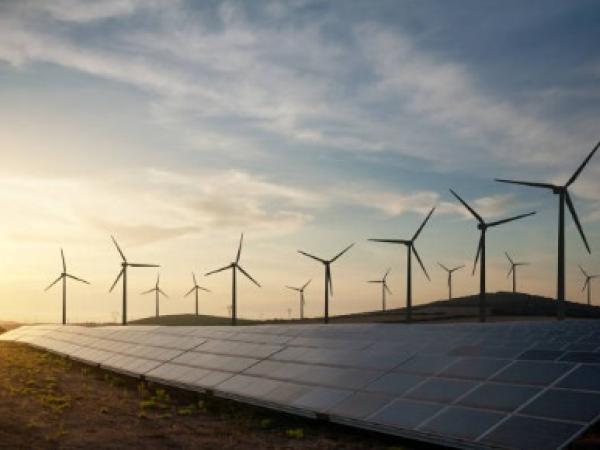Colombia is one of the five most attractive developing nations to invest in renewable energy, concluded the most recent BloombergNEF Global Climatescope Ranking study. Now the country is the fourth in the world, advancing 9 positions compared to the 2021 result of the count.
(Read: The electrical projects stopped in which Minenergía will intervene).
This result occurred at the time that the country experienced a peak of investments in non-conventional renewable technologies such as solar and wind. During this period, the resources that entered to the development of these were US$952 millionbeing a maximum, according to the result of the Climatescope.
One of the points that the report highlights regarding the reasons for this to occur were the energy auctions, especially the long-term ones, carried out in 2019, in which sales of energy from non-conventional renewable sources for 1.3 gigawatts.
At the time, the Government estimated that by the end of 2022 the electrical system would have connected 2.5 gigawatts of energy from solar and wind sourcesalthough due to the delay in the transmission lines and the projects that are being built in La Guajira, it is probable that the goal will not be achieved.
Germán Corredor, executive director of SER Colombia, explained that despite this, there are a number of aspects that drive the country compared to other economies. “The first thing is that the resources exist and of good quality, especially in La Guajira”, highlights the expert. In addition to this, a very attractive legal framework has been developed, because according to Corredor, it creates a series of tax benefits, for example.
(Keep reading: This will be Alpha and Beta, the largest wind projects in the country).
Thirdly, the leader of the renewable energy union pointed out that one of the advantages is that there is a market with clear regulations and stable, which makes investors feel more comfortable bringing in capital.
This is confirmed by Ramón Fiestas, director for Latin America Global Wind Energy Council (Gwec). The expert highlighted that “the country now has an international perception of being a stable market and a country where the investment environment is reliable.”
Finally, Corredor pointed out that “we have maintained macroeconomic stability over the years, despite the current situation that has many externalities involved”. According to the union leader, this is part of a clear policy of support for renewable energy.
Although Colombia is one of the most desirable emerging countries to invest in renewables, There are a number of challenges that the industry has been aware of that may interfere with investments.
(See: Colombia, one of the countries most committed to renewable energy).
On the one hand, Fiestas warns that the most important thing is to maintain regulatory and macroeconomic stability.
However, Corredor points out that there are some factors that could also be challenging. It emphasizes that the high exchange rate and interest It can affect the investment as well as the financing.
However, he indicated that this is a temporary issue and that it will have effects on the entire economy.
He assured that it is most probable that the investments in the short term will be maintained. This given that the large investments are already assigned and therefore will be maintained in broad strokes. “Current conditions are not going to have a great impact on long-term investments. It is possible that there will be a decrease, but in general it will remain”, he concluded.
The country has 5% of the renewable investment in the region
Among the findings reported by BloombergNEF in its most recent report is that Chile, Colombia and Brazil are the most attractive countries to attract investment in the region. Of these, Brazil is the one with the largest share, with 57% of the reported total; followed by Chile with 10% and Colombia with 5%. In fact, during 2021 Brazil was the second country with the highest capital entering for energies such as solar and wind power with US$7,000 million, Chile ranked fifth with US$3,000 million and Colombia reached a peak last year reaching US$952 million. .
The report shows that “it was the first time in at least a decade to record investment in wind power. The solar source saw the largest jump in investment in the last five years, growing more than 18 times since 2017”.
In the case of energy produced with wind, the capital was US$678 million, that is, 71% of the total resources; while in solar, the investment in it was US$274 million.
Daniela Morales Soler















